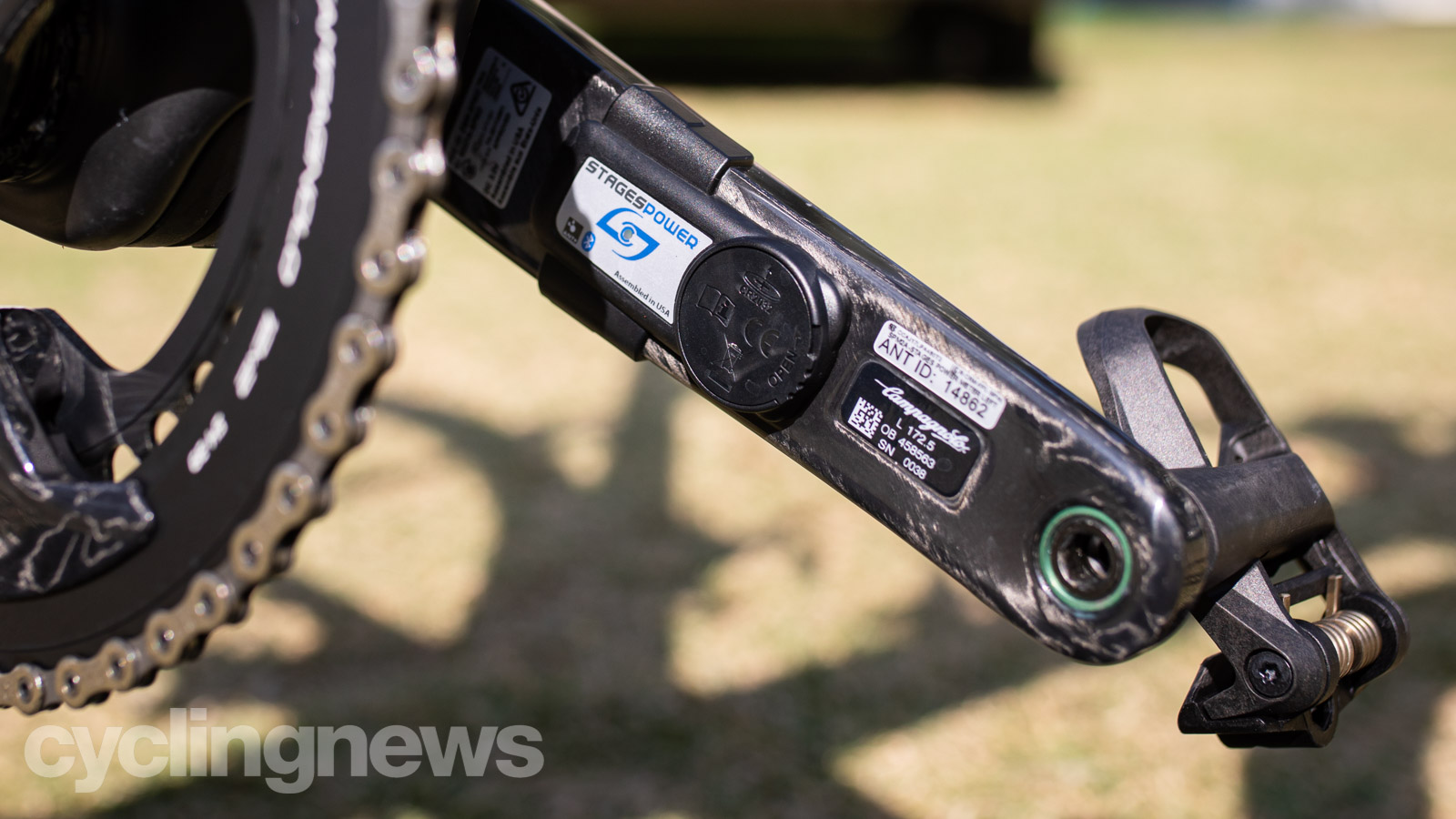Zwift with a power meter and dumb trainer
There are a number of ways into Watopia and you might already have the tools at your disposal

With the continual improvement of turbo trainer technology and accompanying software, the popularity of riding on a turbo trainer has been on a steady ascent for years, but in response to government-imposed lockdown measures, indoor cycling saw a boom in participants as riders tried to keep up their training.
The replacement of WorldTour races with replicas on platforms - such as this month's Virtual Tour de France on Zwift - only cemented the popularity of the new discipline of cycling, and it wasn't long before turbo trainers started selling out.
While turbo trainer stock is starting to trickle back onto the shelves of retailers, they are still a rather substantial investment. The best turbo trainers can easily set you back four figures, and even the cheapest smart trainers will be in the hundreds, no matter your local currency.
However, that's not the only option if you're looking to add indoor cycling to your palmarès. You can get onto Zwift with a power meter and a dumb trainer, which might mean you already have the tools available to you without having to invest in a complete new Zwift setup.
If you've been cycling for any period of time, there's a chance you have a turbo trainer stashed away in the garage, or you might have a set of rollers that you use for warming up at races. Most of us have, at some point in time, decided to invest in a turbo trainer to allow training when the weather doesn't permit, then likely decided that staring at a brick wall is nothing short of impossible and stashed the trainer in the attic or garage to gather dust.
If this is you, then you're halfway to taking your training indoors and online.
We have put together a guide to the cheapest Zwift setup, which explains everything you need to get onto Zwift (and other indoor cycling apps, of course), and the cheapest ways to go about it, but we've decided to pull a section out, which explains that you don't need a smart trainer in order to ride in one of the many virtual worlds.
The latest race content, interviews, features, reviews and expert buying guides, direct to your inbox!
A power meter is an alternative way to get yourself connected up to an indoor cycling app that foregoes the need for a smart turbo trainer. To a degree, the app itself will dictate what method you need to take, but we will focus primarily on Zwift, as one of the market leaders in the segment.
If you do have an old turbo trainer or rollers
If you do have an old turbo trainer stashed away in the garage or the attic, then you're well on the road to Watopia (Zwift's virtual world), but you'll need something to transmit data to your aforementioned smart device.
A power meter will transmit your power output directly to your smart device in place of the technology found in a smart trainer. If you've previously taken training seriously, you might already have one on your bike, but if you don't, our guide to the best power meters will guide you through the options, where stock is largely still available.
Prices are generally comparable to a smart trainer, but the benefit to a power meter is that you can then use it when the lockdown is lifted and you then take your training back to the great outdoors.
If you don't want the expense of a power meter, then a speed sensor will also work, and it will do so in a more affordable package. This simply transmits the speed of your rear wheel to your device, which in turn will back-calculate your power output to control the speed of your in-app avatar.
Speed sensor - Bluetooth/ANT+ - Amazon UK
Speed sensor - Bluetooth/ANT+ - Amazon USA
But what if you don't?
This is where things get a little more difficult, though still not impossible. If you're desperate to take your training indoors and you're in need of a static bike to enable training, then a set of power meter pedals can be your friend.
Power meter pedals can be connected to any bike. From a budget road bike or a race-ready aero bike but, more importantly for this exercise, they'll even work with at-home spin bikes. We would recommend them as a solution for those who travel a lot and they can be attached (with permission) to spin bikes at your hotel gym, and when paired with your smartphone are a travel-friendly way to connect to indoor cycling apps.
During such unprecedented times, power meter pedals and a budget spin bike could be your best ticket to indoor training.
What device do I need?
Zwift can be run on most modern smartphones, tablets and laptop computers, as well as an Apple TV (4th gen and above). Most of us will have a compatible smartphone, but the bigger the screen, the better, so try your other devices to see what works.
Be aware that Zwift is a battery muncher, so if you're using it on a portable device, you might need to add a power bank to your inventory.
Data is transmitted via either ANT+ or Bluetooth, and most devices will be Bluetooth enabled, however, if yours isn't, you'll likely need an adaptor. You could use an ANT+ adaptor, but a Bluetooth adaptor is likely to be more budget-friendly and is more widely adopted outside of cycling.
Mpow Bluetooth Adaptor - Amazon UK
Techkey Bluetooth Adaptor - Amazon USA
TAOPE ANT+ Adaptor - Amazon UK
Anself ANT+ Adaptor - Amazon USA
Before you take the plunge on an adaptor, just ensure you choose something compatible with the power meter or speed sensor you're using.

Josh is Associate Editor of Cyclingnews – leading our content on the best bikes, kit and the latest breaking tech stories from the pro peloton. He has been with us since the summer of 2019 and throughout that time he's covered everything from buyer's guides and deals to the latest tech news and reviews.
On the bike, Josh has been riding and racing for over 15 years. He started out racing cross country in his teens back when 26-inch wheels and triple chainsets were still mainstream, but he found favour in road racing in his early 20s, racing at a local and national level for Somerset-based Team Tor 2000. These days he rides indoors for convenience and fitness, and outdoors for fun on road, gravel, 'cross and cross-country bikes, the latter usually with his two dogs in tow.